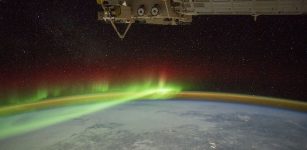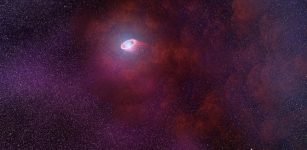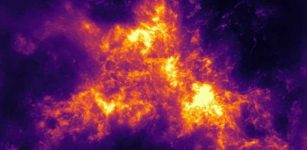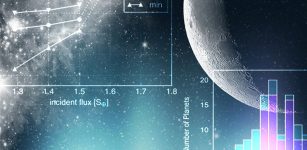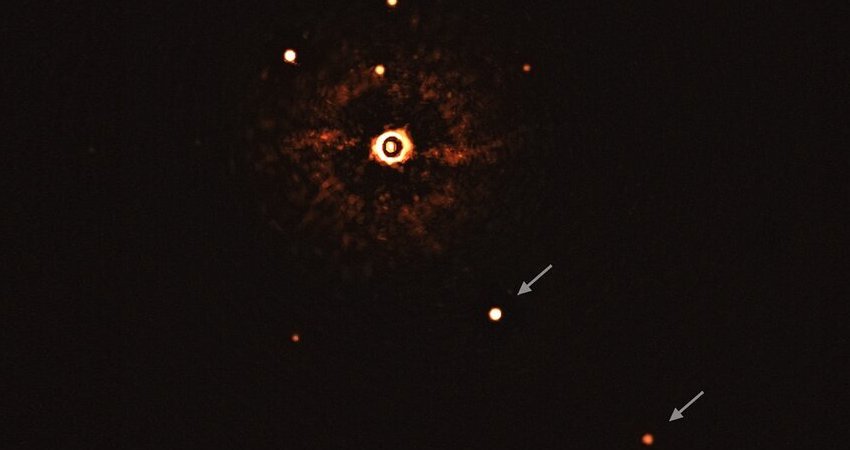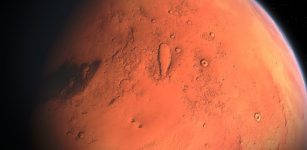ESA’s Gaia Satellite Reveals New Speeds For Milky Way-Andromeda Collision
MessageToEagle.com – It has long been suspected that Andromeda will one day collide with the Milky Way, completely reshaping our cosmic neighborhood.
ESA’s Gaia satellite has now looked beyond our Galaxy and explored two nearby galaxies to reveal the stellar motions within them and how they will one day interact and collide with the Milky Way – with surprising results.
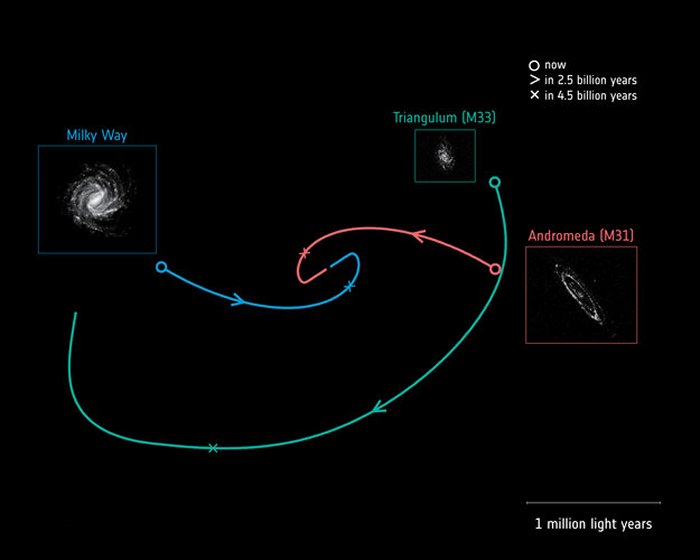
However, the three-dimensional movements of the Local Group galaxies (along with the Andromeda and Triangulum galaxies – also referred to as M31 and M33) remained unclear, painting an uncertain picture of the Milky Way’s future.
“We needed to explore the galaxies’ motions in 3D to uncover how they have grown and evolved, and what creates and influences their features and behaviour,” says lead author Roeland van der Marel of the Space Telescope Science Institute in Baltimore, USA.
“We were able to do this using the second package of high-quality data released by Gaia.”
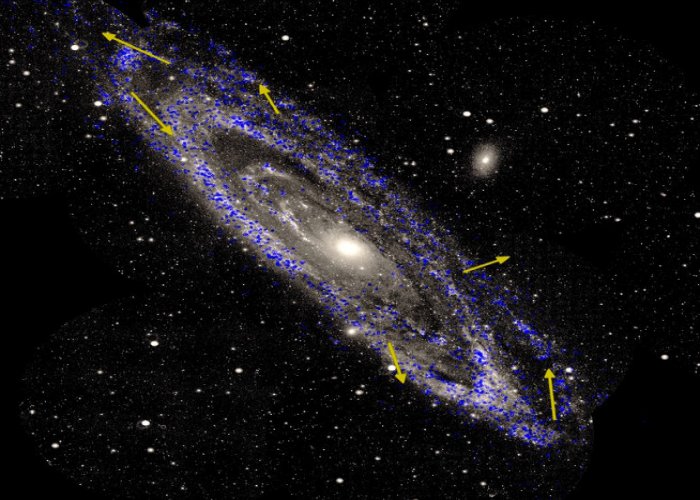
Gaia is currently building the most precise 3D map of the stars in the nearby Universe, and is releasing its data in stages. The data from the second release, made in April 2018, was used in this research. While Hubble has obtained the sharpest view ever of both Andromeda and Triangulum, Gaia measures the individual position and motion of many of their stars with unprecedented accuracy.
The stellar motions measured by Gaia not only reveal how each of the galaxies moves through space, but also how each rotates around its own spin axis.
By combining existing observations with the new data release from Gaia, the researchers determined how Andromeda and Triangulum are each moving across the sky, and calculated the orbital path for each galaxy both backwards and forwards in timefor billions of years.
“The velocities we found show that M33 cannot be on a long orbit around M31,” says co-author Ekta Patel of the University of Arizona, USA. “Our models unanimously imply that M33 must be on its first infall into M31.”
While the Milky Way and Andromeda are still destined to collide and merge, both the timing and destructiveness of the interaction are also likely to be different than expected.
As Andromeda’s motion differs somewhat from previous estimates, the galaxy is likely to deliver more of a glancing blow to the Milky Way than a head-on collision. This will take place not in 3.9 billion years’ time, but in 4.5 billion – some 600 million years later than anticipated.
“This finding is crucial to our understanding of how galaxies evolve and interact,” says Timo Prusti, ESA Gaia Project Scientist.
“We see unusual features in both M31 and M33, such as warped streams and tails of gas and stars. If the galaxies haven’t come together before, these can’t have been created by the forces felt during a merger. Perhaps they formed via interactions with other galaxies, or by gas dynamics within the galaxies themselves.
MessageToEagle.com


